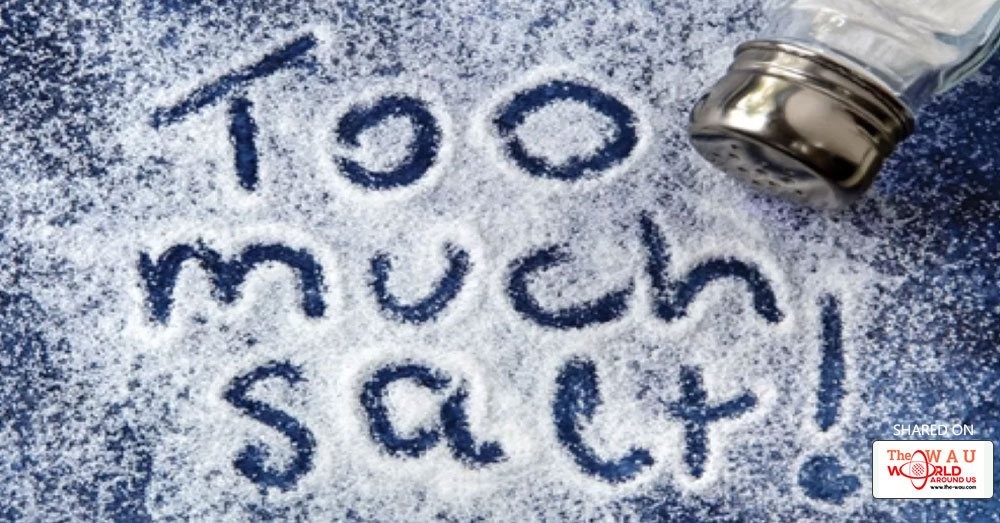The human body requires salt (sodium) to function properly. Once ingested and dispersed into the blood stream and other fluids of the body, salt takes on several responsibilities. It regulates the electrolytes that allow the brain to carry out electrical signals through to the nerves and muscles, and also controls fluid levels, such as the total blood volume, which subsequently affects blood pressure.
Salt also stimulates the adrenal glands, reduces sunstroke, and helps to keep other important minerals in the bloodstream. Only a small amount of salt is needed on a daily basis to perform these essential functions. The recommended daily allowance of salt for the average adult is approximately 2,400mg per day, which is roughly equivalent to one teaspoon of traditional table salt (sodium chloride).
However, many people consume salt far in excess of the recommended daily amount, which can lead to health problems. Common short term side effects of consuming too much salt include swollen hands and feet or a swollen face. Some people become bloated because of water retention or feel excessively thirsty after a salty meal. The affects are generally short lived, and after drinking several glasses of water and deliberately reducing the sodium intake in upcoming meals, the body eliminates the excess sodium and returns to a less swollen state. The increased level of sodium in the bloodstream reduces the kidneys’ ability to remove water, therefore increasing the overall blood volume and placing stress on the body’s blood vessels.
High blood pressure can eventually lead to strokes and congestive heart failure. As the kidneys constantly work overtime to flush out excess salt, they can develop kidney disease.
Consuming too much salt over long periods of time can also lead to fluid collecting in the body’s tissues and cavities. Additionally, a high sodium diet may cause the body to excrete calcium in small amounts, which can eventually lead to osteoporosis.
Recent studies have shown that too much sodium led to a number of changes in the liver - such as misshapen cells, higher rates of cell death and lower rates of cell division - all of which can lead to liver fibrosis.
The first step in maintaining a healthy level of salt consumption is to know which foods are high in sodium. This allows you to make informed decisions on how much and how often you should consume high-sodium foods. 75% of the salt we eat is already in everyday foods such as bread, breakfast cereal, and ready meals.
Snacks such as chips, pretzels, dried seafood or meats, and salted nuts are high in sodium. Often canned foods (beans, vegetables, and soups) have added salt in the form of flavour enhancers or preservatives, as do pre-packaged foods. Table salt is not the only compound high in sodium. Baking soda and baking powder are also high in salt – as are MSG and fish sauce.
The best approach to reduce sodium in diet is to take more natural foods which doesn’t have any additives and reduce the use of table salt as much as possible.
Share This Post














